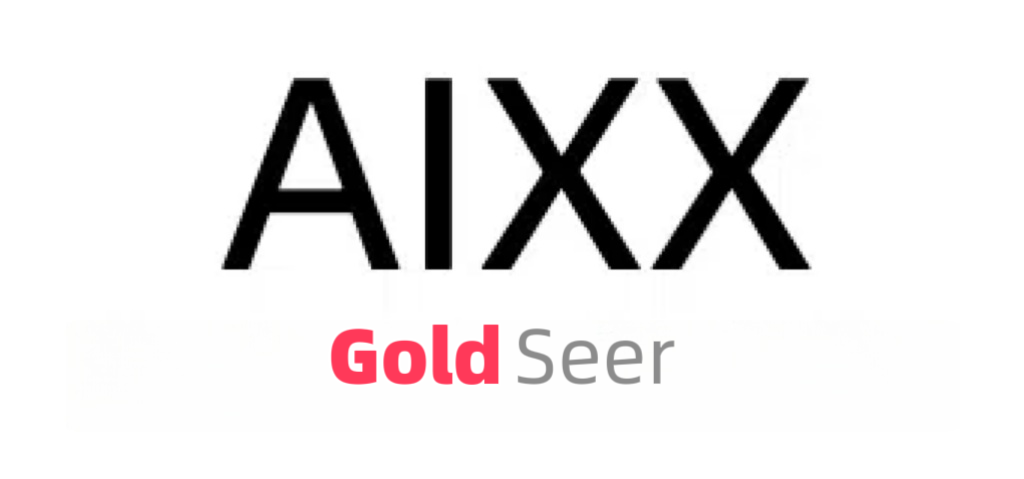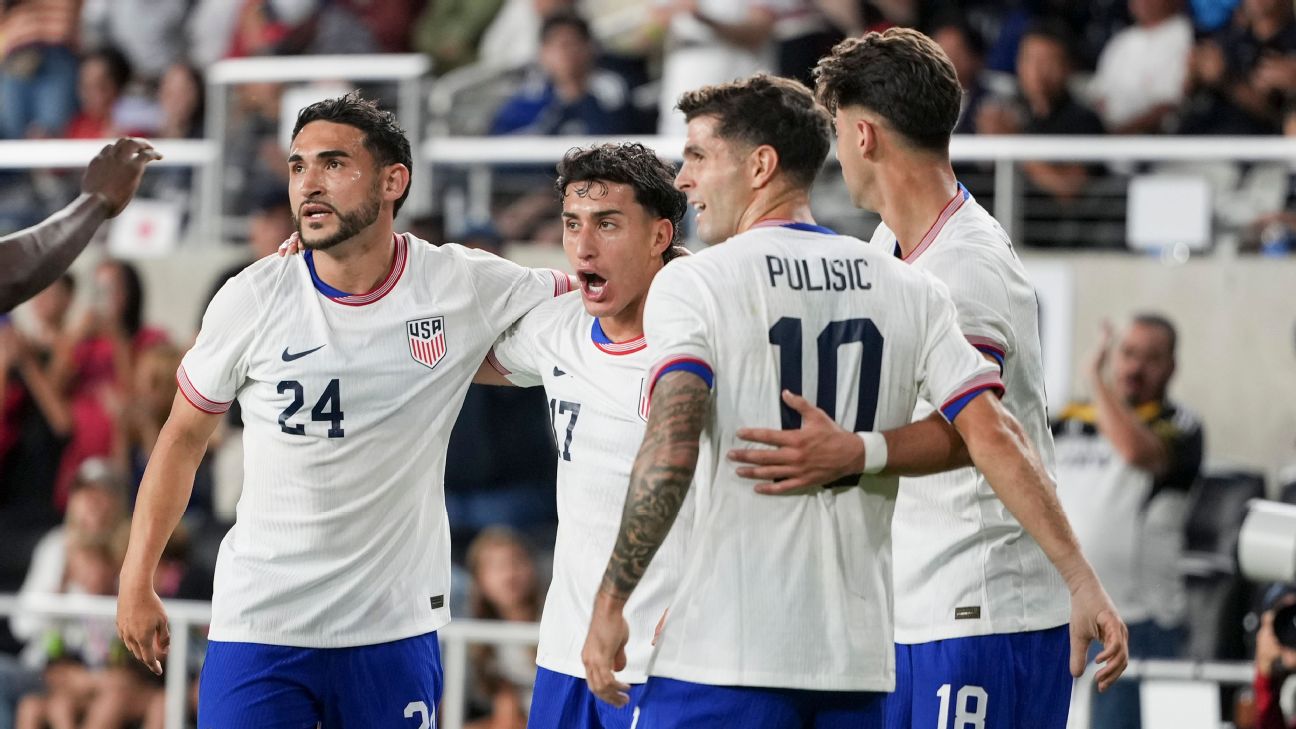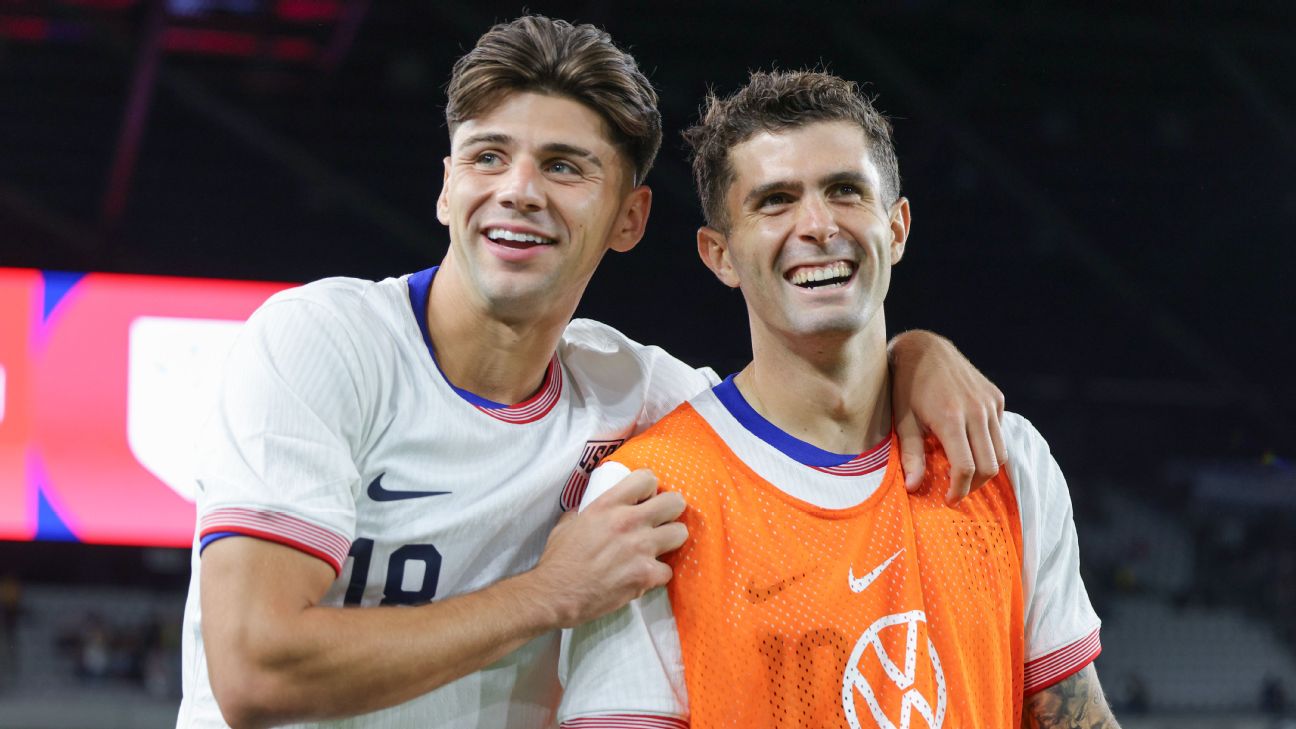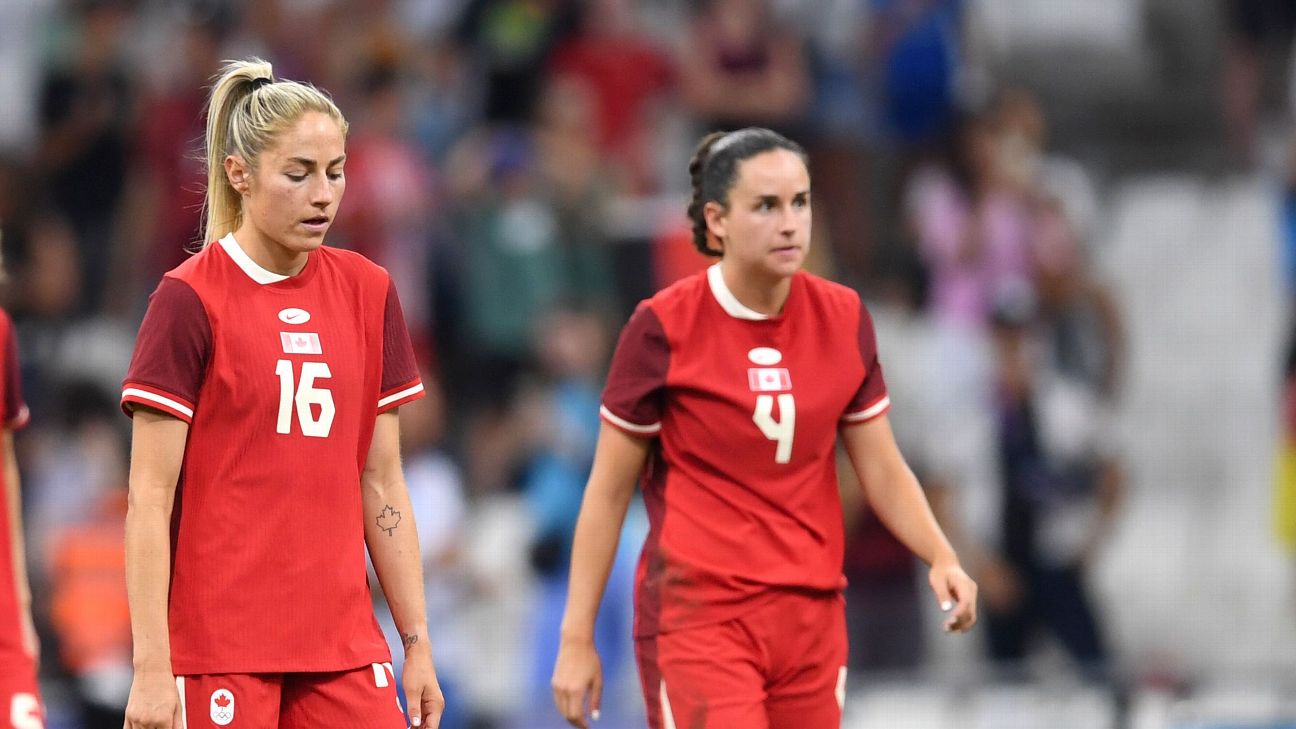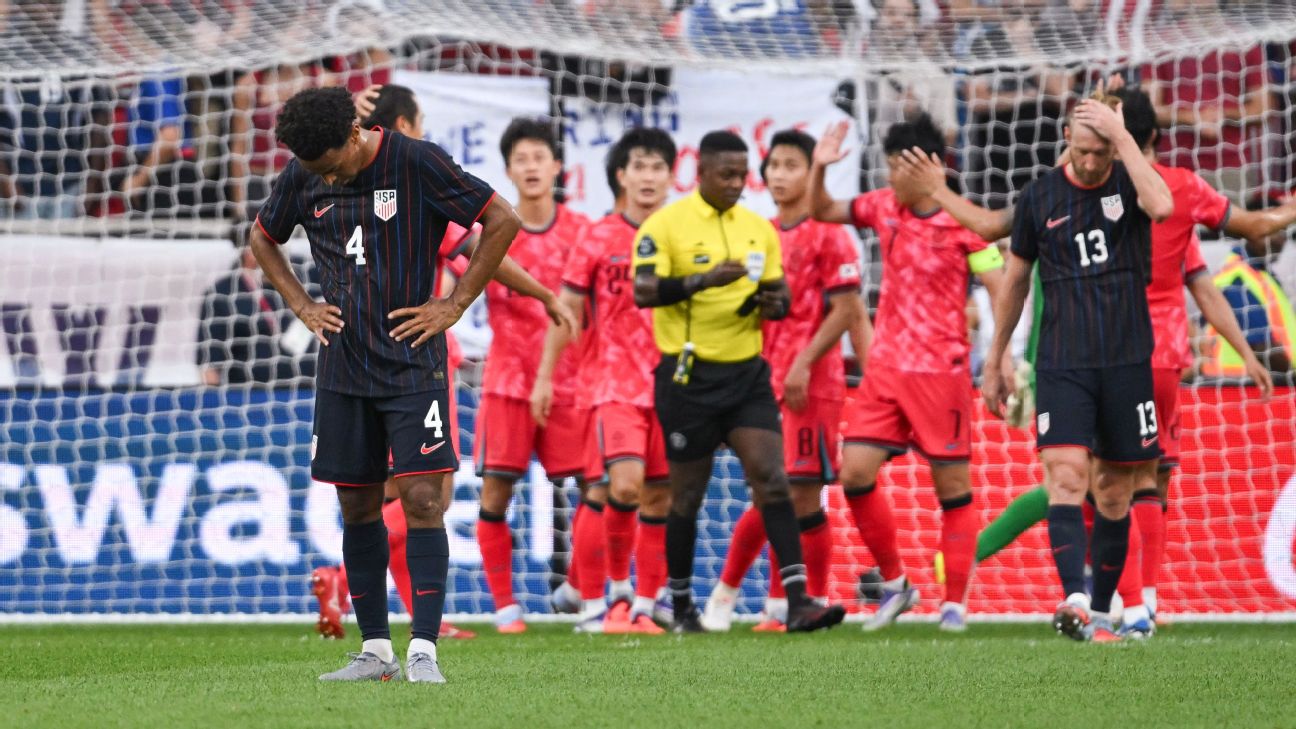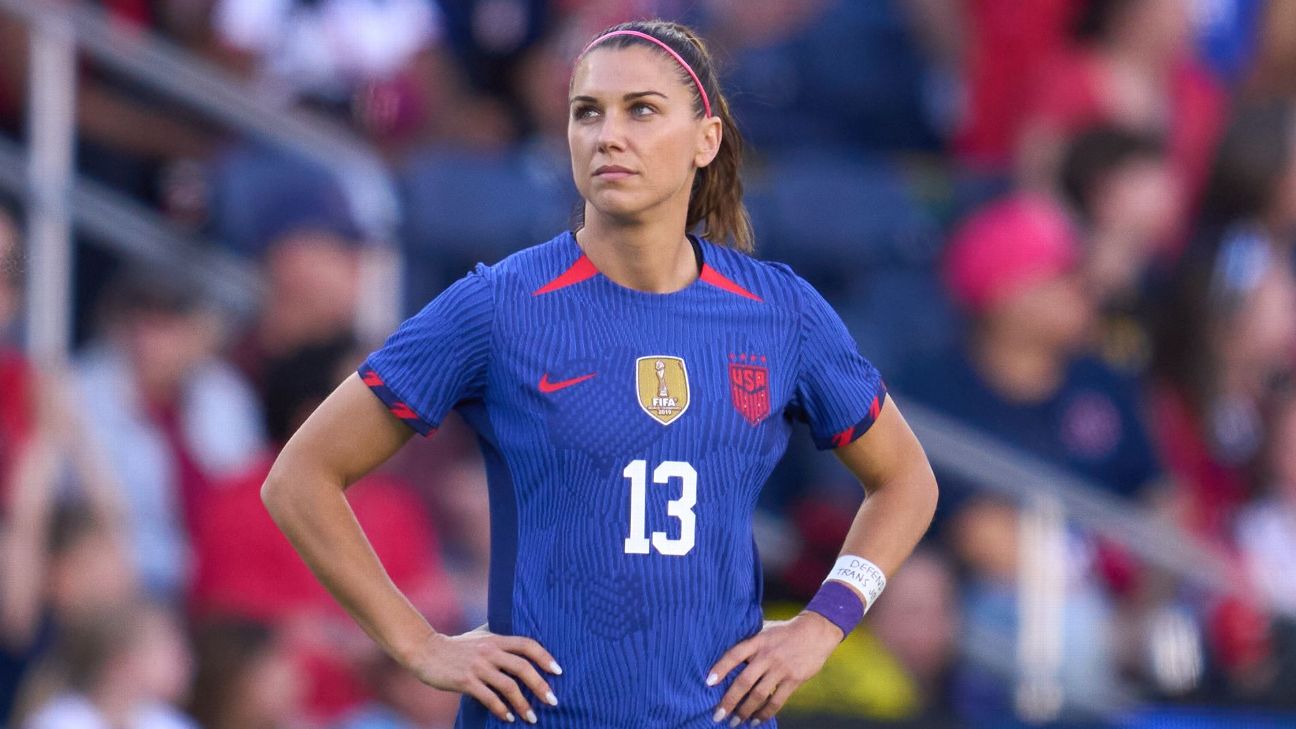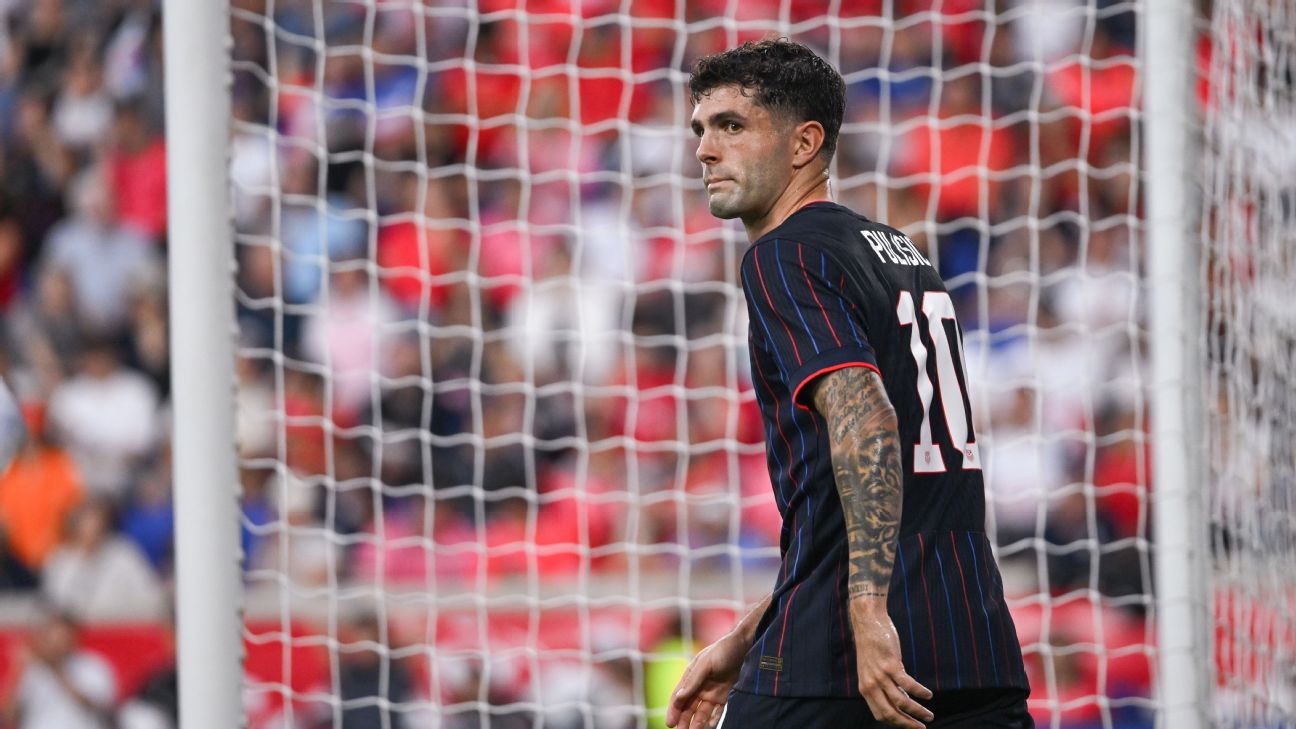The Overload of Soccer: Empty Seats at Club World Cup and Gold Cup Raise Questions
Exploring the reasons behind the low attendance at the Club World Cup and Gold Cup, and what it means for the future of soccer in the U.S.
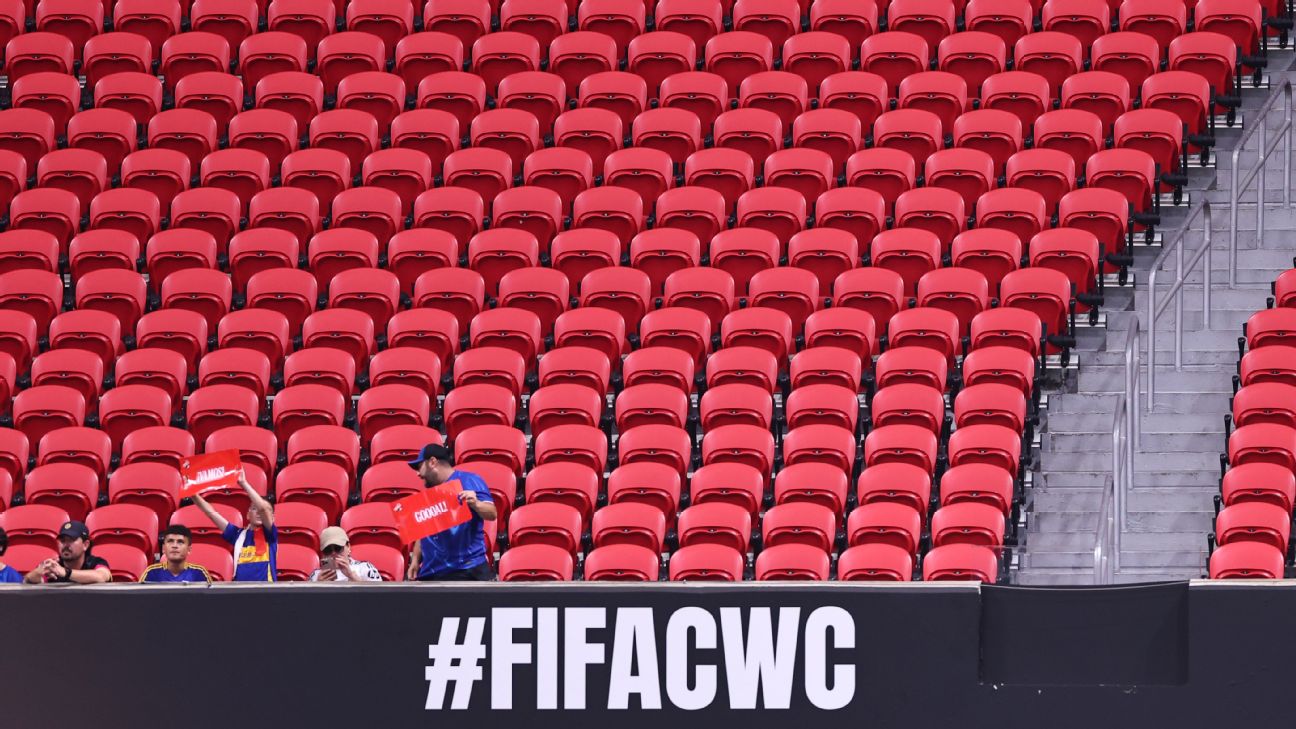
The summer of soccer in the U.S. has been marked by an unexpected sight: empty seats at both the FIFA Club World Cup and the Concacaf Gold Cup. Despite the excitement surrounding these tournaments, the turnout has been disappointing, raising questions about the saturation of soccer in the American market.
The Club World Cup: A Missed Opportunity?
The newly expanded FIFA Club World Cup was envisioned as a precursor to the 2026 FIFA World Cup, featuring 32 teams from around the globe. However, the attendance figures tell a different story. While marquee matches like Paris Saint-Germain vs. Atlético Madrid drew large crowds, other games, such as Ulsan HD vs. Mamelodi Sundowns, saw only a fraction of the expected audience. The average attendance for the tournament has been a modest 34,773, far below the capacity of the stadiums hosting these games.
The Gold Cup: Struggling to Draw Crowds
The Concacaf Gold Cup has faced similar challenges. Matches involving smaller teams like Haiti and Saudi Arabia drew just 7,736 fans, while even the U.S. men's national team, typically a crowd-puller, struggled to attract more than 12,610 fans for their match against Trinidad and Tobago. The absence of star players like Christian Pulisic and Weston McKennie has been cited as a possible reason for the low turnout.
The Saturation of Soccer
One of the key issues appears to be the oversaturation of soccer in the U.S. market. With the Club World Cup, Gold Cup, and MLS all competing for attention, fans may be feeling overwhelmed. Additionally, the high ticket prices, especially for the Club World Cup, have deterred many from attending. FIFA's use of dynamic pricing, where ticket prices fluctuate based on demand, has also left some fans feeling shortchanged.
The Road Ahead
As the tournaments progress into the knockout stages, there is hope that attendance will improve. However, the early signs suggest that FIFA and Concacaf need to rethink their strategies to engage fans more effectively. Whether it's through better marketing, more affordable ticket prices, or a more streamlined schedule, the success of future tournaments may hinge on addressing these issues.
In conclusion, the summer of soccer has highlighted the challenges of hosting multiple high-profile tournaments in a single market. As we look ahead to the 2026 FIFA World Cup, the lessons learned from this summer's events will be crucial in ensuring that the beautiful game continues to thrive in the U.S.
